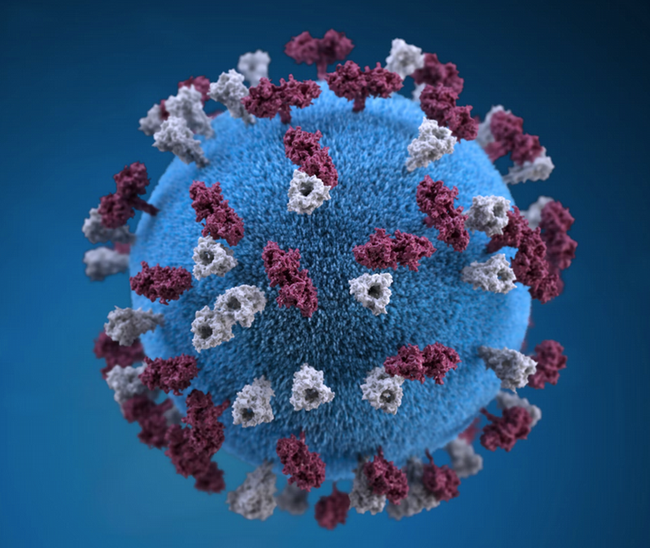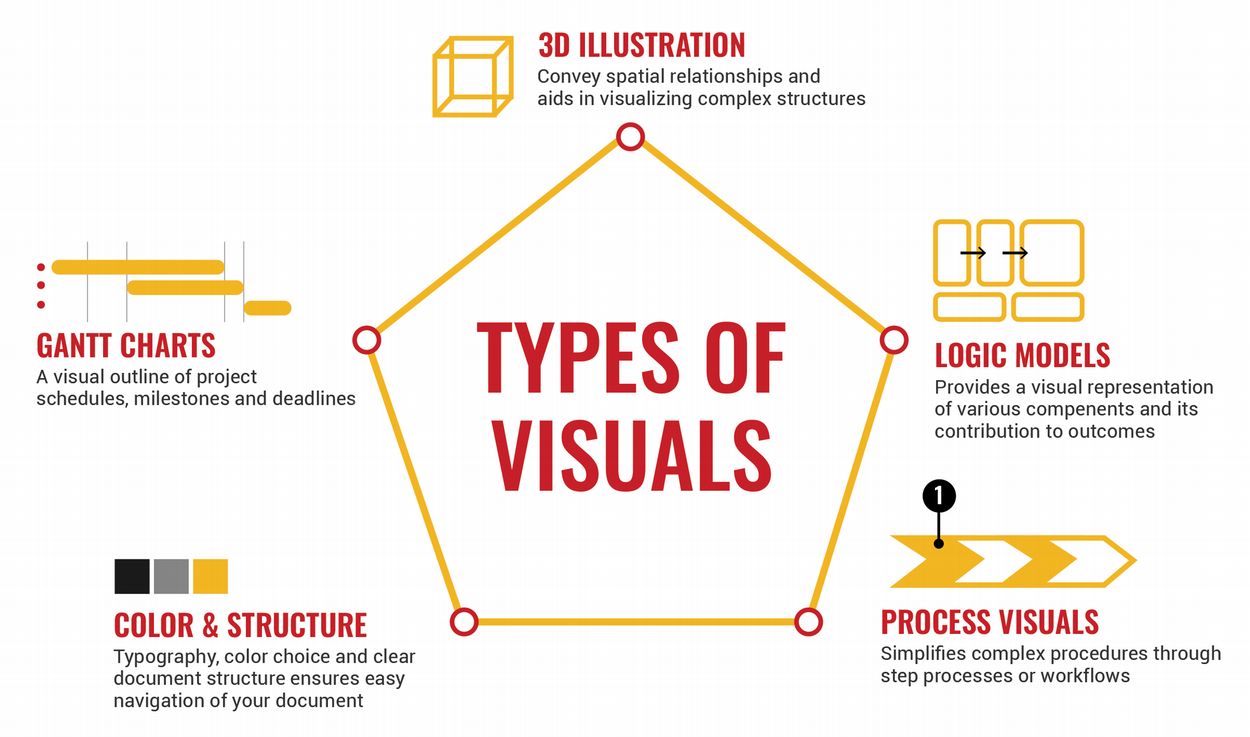As a part of UMSL’s strategic priority to increase federal research funding and F&A, the Office of Research, Economic and Community Development is pleased to offer Scientific Illustration and Graphic Design services.
Scientific illustration and graphic design in research proposals serve to simplify complex ideas, enhance visual appeal, and effectively communicate research objectives and findings. They play a vital role in engaging reviewers, conveying data, and making a persuasive case for securing grant funding or approval from review committees.
Priority consideration for scientific illustration and graphic design services for Research Faculty include:

Schedule a consult with Mary Nguyen to request or learn more about services.
In today's rapidly evolving research landscape, effective communication and presentation of your ideas are more important than ever. Integrating design elements into your research proposals can significantly enhance your ability to convey complex concepts, engage your audience, and secure funding. Regardless of your research discipline, the addition of visuals can elevate your proposals to new heights.

When to use: In fields like biology, chemistry, and engineering, where visualizing complex structures is crucial.
Benefits: 3D illustrations can help convey intricate spatial relationships and concepts that may be challenging to describe in words alone.
When to use: In business and the social sciences.
Benefits: Logic models provide a clear, visual representation of how various components of a project interact and contribute to outcomes.
When to use: In business, psychology, and sociology, when showcasing step-by-step processes or workflows.
Benefits: Process visuals can simplify complex procedures, making it easier for reviewers to understand your methodology.
When to use: In project management and in nearly all disciplines to visually outline project schedules, milestones, and dependencies.
Benefits: Gantt charts offer a structured view of project tasks, deadlines, and the efficient allocation of resources, adding a layer of professionalism to your proposals.
Design is not just about visuals but also about aesthetics. Color choices, typography, and overall document structure play a crucial role in capturing your audience's attention. In psychology, for instance, color can convey emotions or highlight critical points. Similarly, a well-structured proposal, with clear headings and subsections, ensures reviewers can navigate your document effortlessly.
Integrating design elements into your research proposals not only makes your work more accessible but also showcases your commitment to clear and effective communication. Remember, your proposal is often the first impression you make on potential funders and collaborators, so make it count.